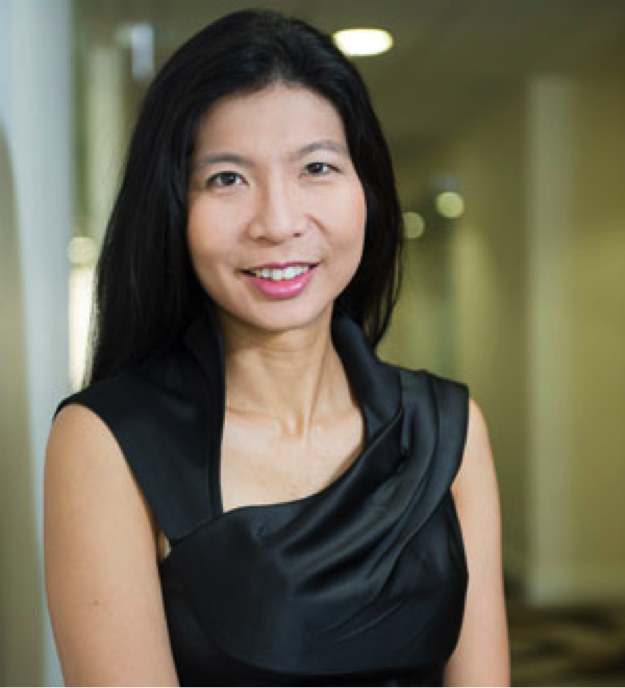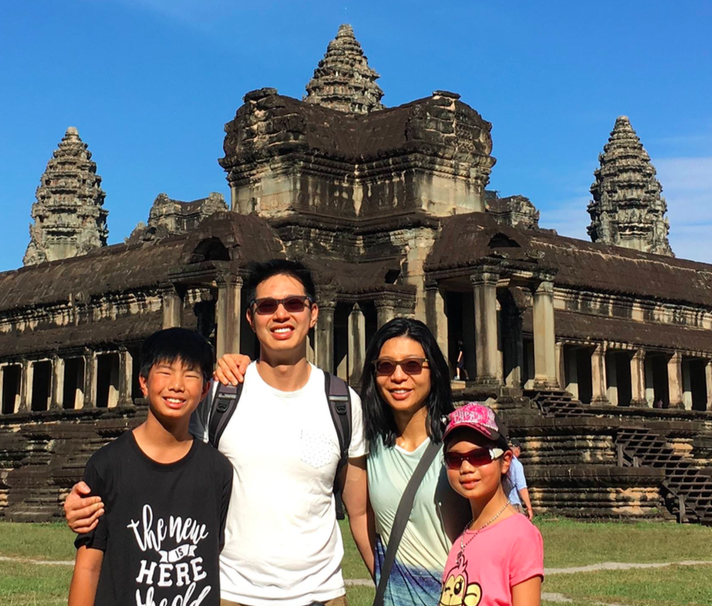Personal faith and medicine
There are many times when it’s not easy, especially in surgery. It is one of those specialities that, if you are not being challenged, perhaps you are not doing enough. Having that faith in God is believing that you have done your best despite feeling like it wasn’t enough, and helps to put things in the right perspective. In difficult times, having faith is also the feeling of Someone having your back.
Typical schedule
My schedule changes from day to day, but usually involves half a day of consulting and half a day of operating. A typical day would be something like this: dragging my feet to personal training at 5 am, working with my children or taking them to lessons or school between 6-8am, attending fortnightly multidisciplinary meetings at 7:30 am, doing post-operative ward rounds in various hospitals, consulting from 9- 12:30 pm, operating from 1-5:30 pm, sorting out paperwork and attending to at least 30 phone calls and e-mails in between, then doing more stuff with the kids until 9pm, catching up on letters and billings after that and hoping I don’t get called into hospital for a sick patient. I do one in three on call for Sir Charles Gairdner Hospital, and am on call 24/7 for my private patients. Unfortunately, most surgeons are workaholics and my typical day reflects that.
Robotics and the future of surgery
Robotic surgery was introduced to the world in 2004, and to Western Australia in 2009. In robotic surgery, you get 3D vision with depth perception with the console and it provides added dexterity by providing wristed articulation in a confined space like the pelvis as compared to laparoscopic or open procedures. It also removes tremor by applying what is known as 3-5:1 scaled movement, where the operator moves the handpiece 3-5 cm for the robotic arm to move 1 cm, thereby providing a steadier and accurate movement. Personally, it is ergonomical because l am sitting down and my neck, back and arms are relaxed, decreasing the likelihood of muscle fatigue, spasm and arthritis. Studies have also shown that it provides better post-operative recovery for patients by reducing bleeding risk, hospital stay and better surgical outcomes.
Dr Ooi’s advice to medical students
Try to get some research which can be accredited for application to surgical training done and published. This will help boost your CV and relieve the pressure of having to complete a lot of studies just before applying, bearing in mind the submission and approval process for a journal may take up to 3-6 months. However as I mentioned earlier, it is really the interview and referee reports that will determine if you get into the training program. Getting into good surgical rotations when you graduate and working with surgeons who are good role models is important. I’m not entirely sure that networking at a student level is that important because politics and people holding positions of influence often change but having a good surgical mentor is useful. Personally, I won’t mind taking on mentees as well but like all other specialists, time my biggest enemy and constraint.

